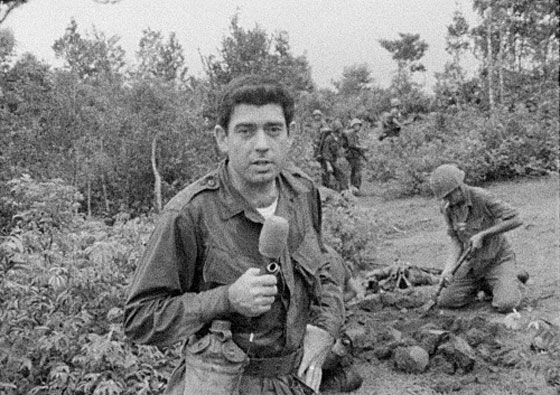Iconoscope
Documentary
Iconoscope
The history of television from birth to death…
It is estimated that statistically, the average inhabitant of the earth spends about 10 years of his life in front of TV screens. It is useless to wonder if these years are lost. It is no longer possible to imagine our civilization without television, although not even 100 years have passed since its invention.
How was the television broadcast able to take over the entire planet Earth and its inhabitants in such a short period of time? To what extent does it reflect society's complexes, prejudices, and expectations? To what extent is it a mirror of social psychology? Is the phenomenon of TV related to the phenomenon of faith? Has TV become, in a sense, the religion of the twentieth century?
Why did TV creator Zvorykin give his invention the name "Iconoscope" and in what sense was he right? What kind of TV did the tyrants Hitler and Stalin think about? What role did television play in the lives of Johnson, Kennedy, Nixon, Khrushchev, Brezhnev, Reagan, Berlusconi, Gorbachev, and Yeltsin? And what role does TV play in everyone's life? The film tries to answer all these questions.
But TV is not the only protagonist. There are two more characters in the film, two antipodes, two TV stars. Two people who have lived their entire lives “on TV” and have now become TV viewers. Dan Rather and Igor Kirillov. For residents of the USA and the Soviet Union, these names are directly associated with TV. The iconic figure of American news broadcasts, who maintained his role as the voice of news for 50 years and even dared to suggest to presidents that they should consider resigning. And the symbol of Central Television, the mouthpiece of Soviet officialdom and the face of the Soviet lifestyle.
“Iconoscope” is a chance to explore the entire history of TV in 100 minutes of exciting and paradoxical spectacle.
It is estimated that statistically, the average inhabitant of the earth spends about 10 years of his life in front of TV screens. It is useless to wonder if these years are lost. It is no longer possible to imagine our civilization without television, although not even 100 years have passed since its invention.
How was the television broadcast able to take over the entire planet Earth and its inhabitants in such a short period of time? To what extent does it reflect society's complexes, prejudices, and expectations? To what extent is it a mirror of social psychology? Is the phenomenon of TV related to the phenomenon of faith? Has TV become, in a sense, the religion of the twentieth century?
Why did TV creator Zvorykin give his invention the name "Iconoscope" and in what sense was he right? What kind of TV did the tyrants Hitler and Stalin think about? What role did television play in the lives of Johnson, Kennedy, Nixon, Khrushchev, Brezhnev, Reagan, Berlusconi, Gorbachev, and Yeltsin? And what role does TV play in everyone's life? The film tries to answer all these questions.
But TV is not the only protagonist. There are two more characters in the film, two antipodes, two TV stars. Two people who have lived their entire lives “on TV” and have now become TV viewers. Dan Rather and Igor Kirillov. For residents of the USA and the Soviet Union, these names are directly associated with TV. The iconic figure of American news broadcasts, who maintained his role as the voice of news for 50 years and even dared to suggest to presidents that they should consider resigning. And the symbol of Central Television, the mouthpiece of Soviet officialdom and the face of the Soviet lifestyle.
“Iconoscope” is a chance to explore the entire history of TV in 100 minutes of exciting and paradoxical spectacle.

Authors
Text authors
Anton Fortunatov, Vitaly Mansky
Director
Vitaly Mansky
Cinematography
Yulia Galochkina
Sound designer
Alexander Khokhlov
Composer
Olga Shaidullina
Producers
Natalia Manskaia, Fyodor Bondarchuk, Ilya Bachurin
Production
Glavkino and Vertov Studio. Real Cinema
Russia
2011
104 min.
Language
Russian
Anton Fortunatov, Vitaly Mansky
Director
Vitaly Mansky
Cinematography
Yulia Galochkina
Sound designer
Alexander Khokhlov
Composer
Olga Shaidullina
Producers
Natalia Manskaia, Fyodor Bondarchuk, Ilya Bachurin
Production
Glavkino and Vertov Studio. Real Cinema
Russia
2011
104 min.
Language
Russian
Distribution
For film screening inquiries, please contact
Natalia Manskaia
natalia@artdocfest.com
Non-commercial screenings only!
Natalia Manskaia
natalia@artdocfest.com
Non-commercial screenings only!
Stills from the film




